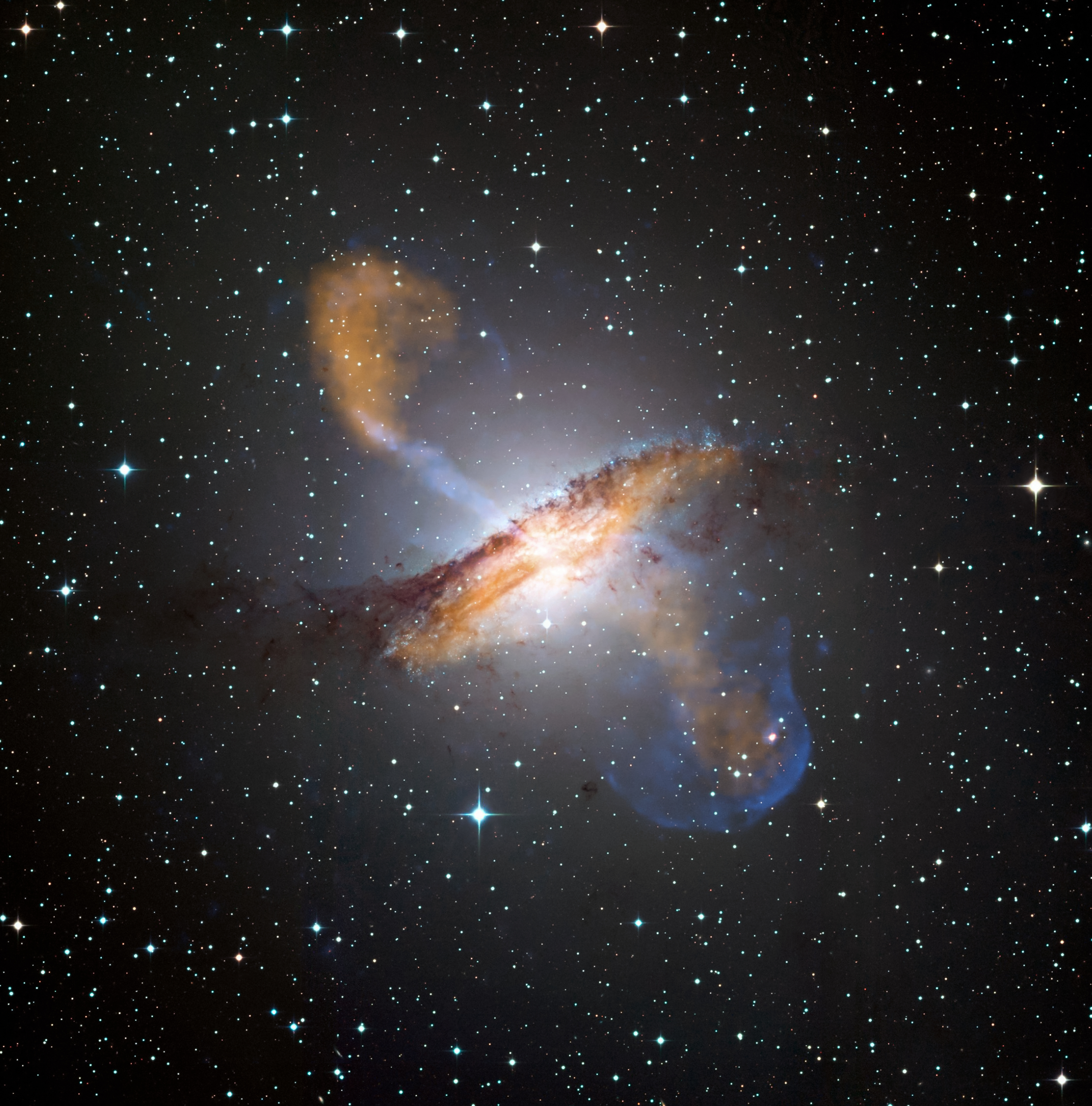A pair of new research fresh out of the Monthly Notices of the Royal Astronomical Society looks set to upend what we think we know about stars, as a group of astronomers just announced the discovery of yet another unique type of star whose atmospheres are rich in stellar “ashes” formed from the fusion of helium (He); these types of stars are said to be formed by a rare cosmological event known as a white dwarf merger.
The team of astronomers actually discovered two distinct white dwarfs out in the sky, which are known to be essentially leftovers from stars that have exhausted their stellar fuels and have since exploded and shed off much of their outer material, leaving behind a dense, white stellar remnant whose fate is to cool off as it very slowly adjusts to the background temperature of the universe. This, of course, stands in contrast to the maelstrom of events surrounding the death of larger, more massive stars, which occasionally end up forming a black hole in their wake.
What’s distinct about this pair of white dwarfs, however, is the fact that their atmospheres contain suspiciously high amounts of carbon (C) and oxygen (O), reaching up to 20% in concentration. Common white dwarfs often possess atmospheres rich in hydrogen (H) and helium (He), making these two stars truly unique.
“Normally we expect stars with these surface compositions to have already finished burning helium in their cores, and to be on their way to becoming white dwarfs,” said Professor Klaus Werner, lead researcher of the first paper and from the University of Tübingen. “These new stars are a severe challenge to our understanding of stellar evolution.”
The pair of stars also possessed temperatures and stellar radii that imply the two to still be burning helium in their cores—an odd observation for white dwarfs supposedly at the end of their stellar life cycles. This led the researchers to believe that more unique circumstances are at play in these two white dwarfs: the two may be end-products of a white dwarf merger under special circumstances.
“We believe the stars discovered by our German colleagues might have formed in a very rare kind of stellar merger event between two white dwarf stars,” said Dr. Miller Bertolami from the Institute for Astrophysics of La Plata, who serves as lead author of the second paper.
While this wouldn’t be the first time astronomers have found stars fresh off white dwarf mergers, it’s the circumstances surrounding what would have formed these two that have them scratching their heads.
You see, white dwarf mergers of binary stars don’t usually produce white dwarfs with oxygen- and carbon-rich atmospheres. “[…] [We] believe that for binary systems formed with very specific masses, a carbon- and oxygen-rich white dwarf might be disrupted and end up on top of a helium-rich one, leading to the formation of these stars,” said Bertolami in a statement from the Royal Astronomical Society.
The researchers do recognize, however, that more work is needed to fully ascertain the events that led up to the formation of these odd stars, which include better models for white dwarf mergers. More detailed examinations of these models could also lead them to a better understanding of stars at the end of their life cycles, as well as the evolution of binary stars.
Finally, Werner concluded: “Normally we expect stars with these surface compositions to have already finished burning helium in their cores, and to be on their way to becoming white dwarfs. These new stars are a severe challenge to our understanding of stellar evolution.”
References
- Irving, M. (2022, February 16). Astronomers discover new type of star with puzzling origins. New Atlas. https://newatlas.com/space/new-star-white-dwarf-merger/
- Kahlon, G. (2022, February 11). Astronomers discover a new type of star covered in helium burning ashes. The Royal Astronomical Society. https://ras.ac.uk/news-and-press/news/astronomers-discover-new-type-star-covered-helium-burning-ashes
- Miller Bertolami, M. M., Battich, T., Córsico, A. H., Althaus, L. G., & Wachlin, F. C. (2022). An evolutionary channel for CO-rich and pulsating He-rich subdwarfs. Monthly Notices of the Royal Astronomical Society: Letters, 511(1), L60–L65. https://doi.org/10.1093/mnrasl/slab134
- Werner, K., Reindl, N., Geier, S., & Pritzkuleit, M. (2022). Discovery of hot subdwarfs covered with helium-burning ash. Monthly Notices of the Royal Astronomical Society: Letters, 511(1), L66–L71. https://doi.org/10.1093/mnrasl/slac005











